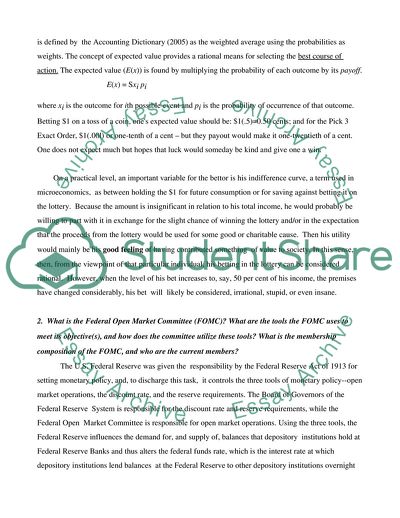Cite this document
(What is the Federal Open Market Committee Assignment Example | Topics and Well Written Essays - 3250 words, n.d.)
What is the Federal Open Market Committee Assignment Example | Topics and Well Written Essays - 3250 words. https://studentshare.org/macro-microeconomics/1716087-macro
What is the Federal Open Market Committee Assignment Example | Topics and Well Written Essays - 3250 words. https://studentshare.org/macro-microeconomics/1716087-macro
(What Is the Federal Open Market Committee Assignment Example | Topics and Well Written Essays - 3250 Words)
What Is the Federal Open Market Committee Assignment Example | Topics and Well Written Essays - 3250 Words. https://studentshare.org/macro-microeconomics/1716087-macro.
What Is the Federal Open Market Committee Assignment Example | Topics and Well Written Essays - 3250 Words. https://studentshare.org/macro-microeconomics/1716087-macro.
“What Is the Federal Open Market Committee Assignment Example | Topics and Well Written Essays - 3250 Words”. https://studentshare.org/macro-microeconomics/1716087-macro.


